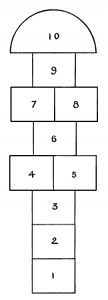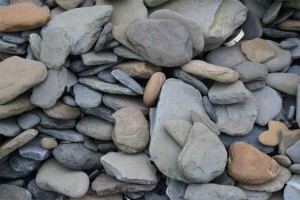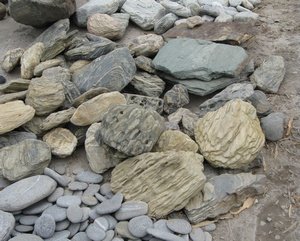(This is how I introduced this column on social media – Facebook and Twitter – and to my email list:
I’ve always believed that the work – and the play and the art – of girls and women are valuable in their own right and are not more valuable if they resemble the work, play or art of boys and men. I’ve never enjoyed the observation, “She’ll get ahead. She thinks like a man.” I don’t like the fact that people are called “girly” and it’s supposed to be insulting. I had to stop going to my son’s baseball games when he was little because there were always parents who yelled – at their own sons! in front of their own daughters! – “I can’t watch you! You run like a girl!”
I’ve never believed that being a welder is somehow intrinsically better than being a nurse and I believe that an intricate hand-made quilt is a work of highest art.
That was my frame of mind when I wrote this column. This is about hopscotch and the athletic little girls who play it. It was written in 1990.)
When the weather starts to improve, I know I will find that I have retained a childhood custom of walking with my eyes resolutely cast downward. Old habits die hard and I am, of course, still looking for the perfect hopscotch rock.
Hopscotch, a female ritual of my youth, seems to be one of those sub-cultural activities of childhood that travels from generation to generation almost intact. To this day, I see the familiar patterns drawn out on sidewalks and schoolyards and I fondly imagine little girls with their favorite rocks tucked safely into jacket pockets, awaiting the recess or after-school bell.
I played two kinds of hopscotch – this kind:
and this kind:
The second was, I think, a little more difficult because it required the player not only to hop on one foot, but to kick the rock from square to square. Naturally, the two kinds of hopscotch required different kinds of rocks – and that’s something I’m still considering as I conduct my rock-search today.
The first kind, which involves simply tossing the rock from square to square, uses a very flat rock – the flatter and thinner the better. Sometimes, if we were really lucky, we’d find a dandy piece of slate – from a roof? Who knew? And there were some people who used a flat piece of glass or china – from broken crockery – but I never thought that was a great idea.
The second kind of hopscotch required a thicker rock, flat enough that it wouldn’t roll but with enough depth to allow for toe contact.
This springtime game for girls demanded physical coordination and skill. It’s not that easy to kick a rock around all those squares – all the while on one foot, making sure neither foot nor rock stops on the line, judging just how far you can kick your rock so you’ll be able to fit your foot behind it but not kicking it too far so it stops on or goes over the line. You might say you need good eye/foot coordination.
And don’t forget, if your opponent’s rock occupies one of the squares, you have to kick your rock through her square and then hop – on one foot – over it as well. What a game.
As far as I’ve been able to tell, the major change in the game that seems to have taken place over the years is the surface on which it’s played. I can remember drawing my hopscotch court with a stick on dirt roads and later, scratching the squares on the pavement with another piece of rock. Over the last few years, most of the courts I’ve seen have been drawn with chalk – some of them quite colorful – on pavement.
But these are small changes and easily lived with. I’m always quite glad that most little boys didn’t play hopscotch. (I don’t think they can hop on one foot as well.) If they had, who knows what might have happened to the game? There surely would have been much more significance and importance attached to it and by now, it would be organized into leagues, players would have uniforms, there would be a regulation-sized grid and printed official rules in a manual.
Probably you’d have to buy your hopscotch rocks (made of plastic) at the sporting equipment store. They’d probably be made in Taiwan.
So it’s all right with me that hopscotch – along with skipping – survives in a little girls’ subculture. In fact, I’ve never been able to identify with those people who believe there’s more inherent value in little boys’ activities and I’ve never believed that little girls who were tomboys have grown up with some natural advantage.
Not me. I could never see the point in playing with a truck and if my parents had ever given me one, I would have wondered what got into them.
To this day, just as I recognize that it’s someone else who has devalued women’s work, I like to see the playtime activities of little girls appreciated in their own right.






